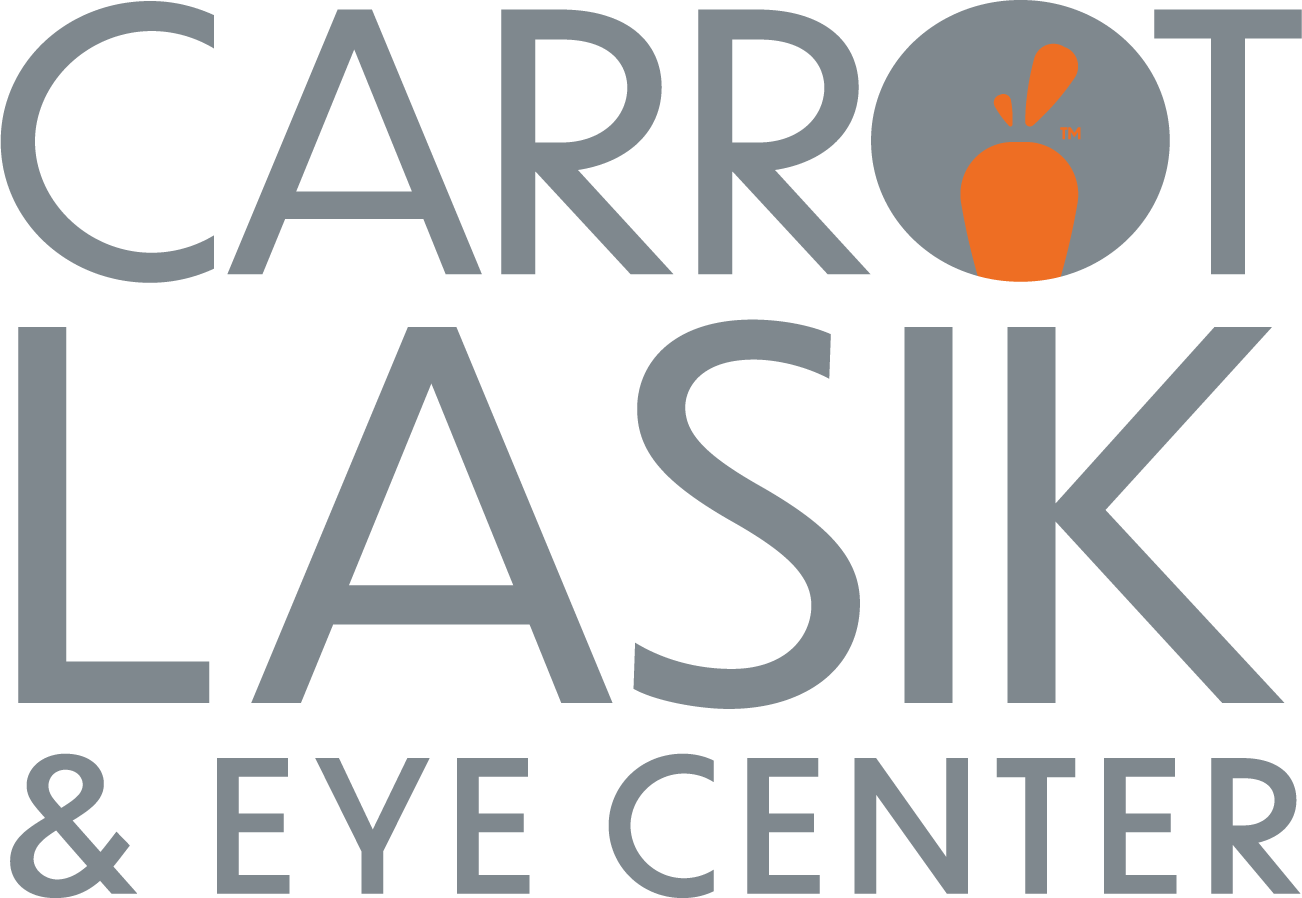Understanding Glaucoma: The Silent Thief of Sight
Glaucoma, sometimes referred to as “the silent thief of sight” slowly damages the eyes and can cause irreversible trauma before vision loss symptoms even appear. In today’s article, we dive into understanding glaucoma, shedding light on its nature, impact, and the crucial need for regular eye exams to monitor and detect this insidious disease. At Carrot LASIK & Eye Center, we believe that informed patients are empowered patients.
What Is Glaucoma?
Glaucoma isn’t limited to a singular ailment but rather a collection of eye disorders. The common theme? Glaucoma attacks the optic nerve, a cable at the back of each eye that connects to the brain. Think of these cables as the video cables that connect your computer to your monitor, but instead of projecting images, they are working in the opposite way.
Glaucoma affects more than 80 million people (about twice the population of California) worldwide, with around 3 million in the United States.
How Glaucoma Affects Vision
As glaucoma progresses, a variety of symptoms will start to appear. Detecting glaucoma before these symptoms appear can only happen with routine eye exams, so it is crucial to get in before symptoms begin.
The most common form of glaucoma is called Open-angle glaucoma. With little to no early symptoms, over 50% of people don’t know they have the disease. As the disease progresses, patchy blind spots will start to appear in your peripheral vision. In late stages, open-angle glaucoma will lead to difficulty seeing in your central vision. Open-angle glaucoma contributes to approximately 90% of all glaucoma cases.
Normal-tension glaucoma is a subset of open-angle glaucoma and makes up around 25% of all open-angle cases. Much like open-angle glaucoma, no symptoms will occur in early stages. However, instead of starting in the peripheral vision, normal-tension glaucoma starts as blurred vision and in later stages will result in the loss of side vision.
With acute angle-closure glaucoma, symptoms will start to appear in earlier stages. Severe headaches and eye pain will progress rapidly. Nausea and vomiting can happen with acute angle-closure glaucoma. Visually, you may experience blurred vision, halos or colored rings around lights, and redness in your eyes. Acute closed-angle glaucoma appears in less than 10% of all glaucoma cases.
What about in kids? Can my child develop glaucoma? As glaucoma does not discriminate across gender or ethnicity, it also affects people of all ages, though it is much more common in people over the age of 40. Blurred vision, nearsightedness that progressively gets worse, and headaches are all symptoms to look out for in childhood.
Another type of glaucoma is called pigmentary glaucoma. Activities such as jogging or running can stir up pigment granules that flake off the iris. These pigment flakes can block fluid drainage from the eye. When stirred up, these flakes can land where the iris and cornea meet, slowly building up the pressure in the eye. Halos around lights, blurred vision (especially during exercise), and gradual peripheral vision loss are all signs to get checked out at an eye doctor.
Why is Glaucoma “Silent?”
One of the most challenging aspects of glaucoma is its hidden progression. Glaucoma can develop over years without any symptoms at all, then one day sudden vision loss begins. This vision loss can develop incrementally so it’s hardly noticeable at first, until eventually it cannot be ignored. This is why regular eye exams are so crucial in its early detection so you and your doctor can create a game plan on how best to treat it early, potentially saving you from years of blindness.
How is Glaucoma Diagnosed and Monitored?
Comprehensive annual eye exams are the cornerstone of early glaucoma detection. At Carrot LASIK & Eye Center, we employ the use of various diagnostic tools such as intraocular pressure measurements, optic nerve evaluations, and visual field tests to diagnose and monitor glaucoma. If glaucoma is suspected, your doctor will recommend regular follow-up visits to ensure optimal care.
Treatment Options
There are range of treatment options available to slow the progression of glaucoma, though there is currently no cure. Our goal is to slow the progression so much that no vision loss will occur. While we may not know the cause of glaucoma, we do know that reducing internal eye pressure slows its progression. Most often, prescription eye drops will be prescribed to help lower internal eye pressure to prevent damage to your optic nerve.
Some doctors may prescribe a laser eye treatment to help drain excess fluid from your eye. It is a very simple procedure that your eye doctor can do in the office.
In addition to eye drops, your doctor may recommend surgery. Minimally Invasive Glaucoma Surgery (MIGS) creates small incisions that improve the natural outflow and drainage pathways from the eye. Typically, this procedure is done in conjunction with cataract removal, though at Carrot LASIK & Eye Center, we do offer this option as a stand-alone procedure. MIGS help reduce dependency on eyedrops.
Lifestyle Changes
Much like diseases of the body, diet, exercise, stress management, and sleep patterns all play a part on eye health. Increasing physical activity has been associated with slower progression of visual field loss in glaucoma. Though there is not magic bullet in terms of diet, focusing on fruits, vegetables, leafy greens, nuts, and fish have been linked to slowing the progression of glaucoma.
Conclusion
Glaucoma is a vastly studied, but highly unknown disease. While we still don’t know the specific causes of glaucoma, we do know how to treat its progression and what to look for in early stages. The sooner glaucoma is detected, the quicker treatment plans can be developed to slow and hopefully stop any progression of vision loss. To understand where you are at with eye health, schedule an eye exam, today!


